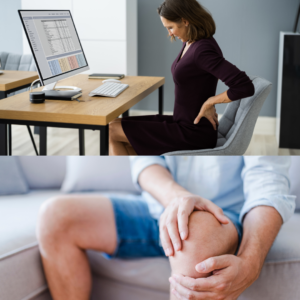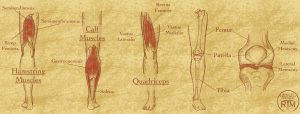When it comes to achieving a good night’s sleep, your choice of sleeping position plays a vital role, especially if you’re dealing with lower back pain. In Back-Friendly Sleep: Position Matters, we’ll explore different sleeping positions, their benefits, and drawbacks, helping you find the best one to support your lower back health.
Back Sleeping (Supine position)
Sleeping on your back offers several benefits for your lower back:
- Spinal alignment: It helps maintain a neutral spine alignment, reducing strain on the lower back.
- Reduced facial wrinkles: Sleeping on your back can minimize facial pressure, reducing the chances of developing wrinkles. However, back sleeping may not be suitable for everyone, as it can exacerbate snoring or sleep apnea symptoms.
Side Sleeping (Fetal position)
Sleeping on your side in a fetal position can be beneficial for your lower back:
- Spine alignment: It helps align the spine and reduce pressure on the lower back.
- Reduced snoring: Side sleeping can reduce snoring and alleviate symptoms of sleep apnea. On the downside, the fetal position can lead to restricted breathing and potential strain on the neck and shoulders.
Side Sleeping (Straight position)
Sleeping on your side with your legs straight offers the following advantages:
- Spine alignment: It helps maintain a neutral spine alignment, reducing strain on the lower back.
- Improved digestion: This position can aid digestion and reduce acid reflux symptoms. However, side sleeping can sometimes lead to shoulder or hip discomfort, especially if the mattress is too firm or too soft.
Stomach Sleeping (Prone position)
While sleeping on your stomach is generally discouraged for lower back pain, it can work for some individuals:
- Reduced snoring: Stomach sleeping can help alleviate snoring and mild sleep apnea symptoms.
- Improved digestion: It can promote better digestion by aiding in the movement of food through the stomach. However, stomach sleeping can strain the neck, increase the arch in the lower back, and contribute to discomfort and pain.
Back Sleeping with Elevated Legs
Sleeping on your back with elevated legs can provide the following benefits:
- Spinal alignment: Elevating the legs helps maintain a neutral spine alignment and reduces pressure on the lower back.
- Improved circulation: It enhances blood flow and reduces swelling in the lower back and legs. On the downside, this position may not be suitable for everyone, and finding a comfortable elevation level might require experimentation.
Results Physical Therapy’s FREE Online Sciatica and Lower Back Pain Workshop
Thank you for reading Back-Friendly Sleep: Position Matters. If you are experiencing lower back pain, Results Physical Therapy is hosting a FREE Online Sciatica and Lower Back Pain Workshop on July 11th from 5:30pm – 6:30pm. This workshop will provide information on the causes of lower back pain and offer practical tips on how to identify the source of your symptoms. The workshop will be led by a master physical therapist with 40 years of experience and is open to anyone who is interested in learning more about lower back pain and improving their quality of life.
To register, visit https://workshops.resultsrehab.com/signup




